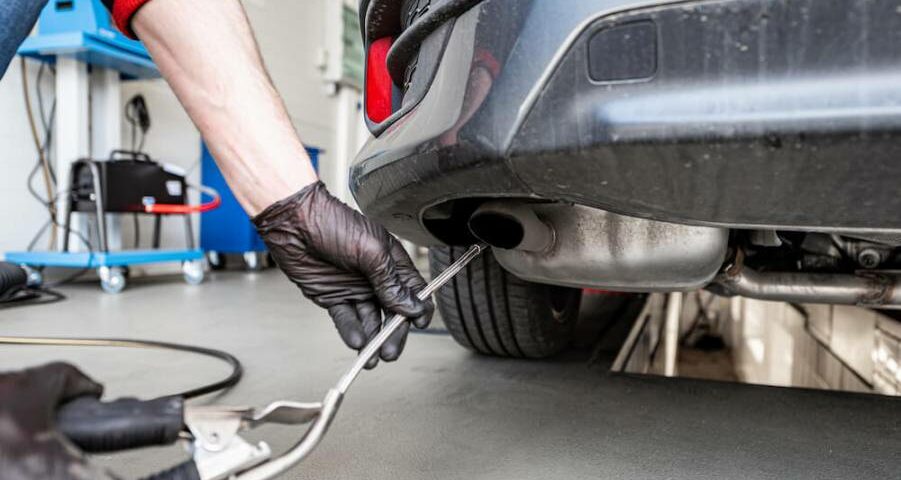
- Understand Local Emissions Requirements Before setting off for a smog inspection, familiarize yourself with your state or local area’s specific emissions testing requirements. Emissions regulations and the frequency of inspections can differ widely, ranging from annual to biennial tests, with certain exemptions for different vehicle types, ages, or uses. Information is typically available through your state’s Department of Motor Vehicles (DMV) website or by direct contact.
- Get Your Vehicle Ready Preparing your vehicle for the smog check is crucial for a successful inspection. This means ensuring the vehicle is in good operational condition, addressing any issues such as the check engine light or emissions problems beforehand. Consider getting a tune-up, checking the oil, and cleaning the air filter. A well-maintained vehicle stands a better chance of passing the inspection on the first attempt.
- Know the Inspection Types Be aware of the specific tests that will be performed on your vehicle at the smog inspection station, which can vary by vehicle and state. These tests might include the OBD-II test for newer models, tailpipe emissions tests, and a visual check for any emissions control tampering. Understanding the tests ahead of time can help you better prepare your vehicle.
- https://smogallcars.blogspot.com/2024/03/the-complete-manual-for-understanding.html
- Bring Required Documents When you go for your smog inspection, make sure to bring along all necessary documentation. This typically includes your vehicle registration, previous smog inspection reports, and possibly proof of insurance, depending on your state’s requirements. Having your paperwork in order can expedite the inspection process.
- Plan for a Possible Fail If your vehicle fails the smog inspection, it’s important to know your next steps. The station will provide a report detailing the reasons for failure, guiding you on the required repairs. Look into whether your state offers any repair assistance programs for qualifying vehicle owners. Also, be informed about the policy for re-testing, including any associated fees for re-inspection, to ensure you’re prepared for all outcomes.
Leave a comment